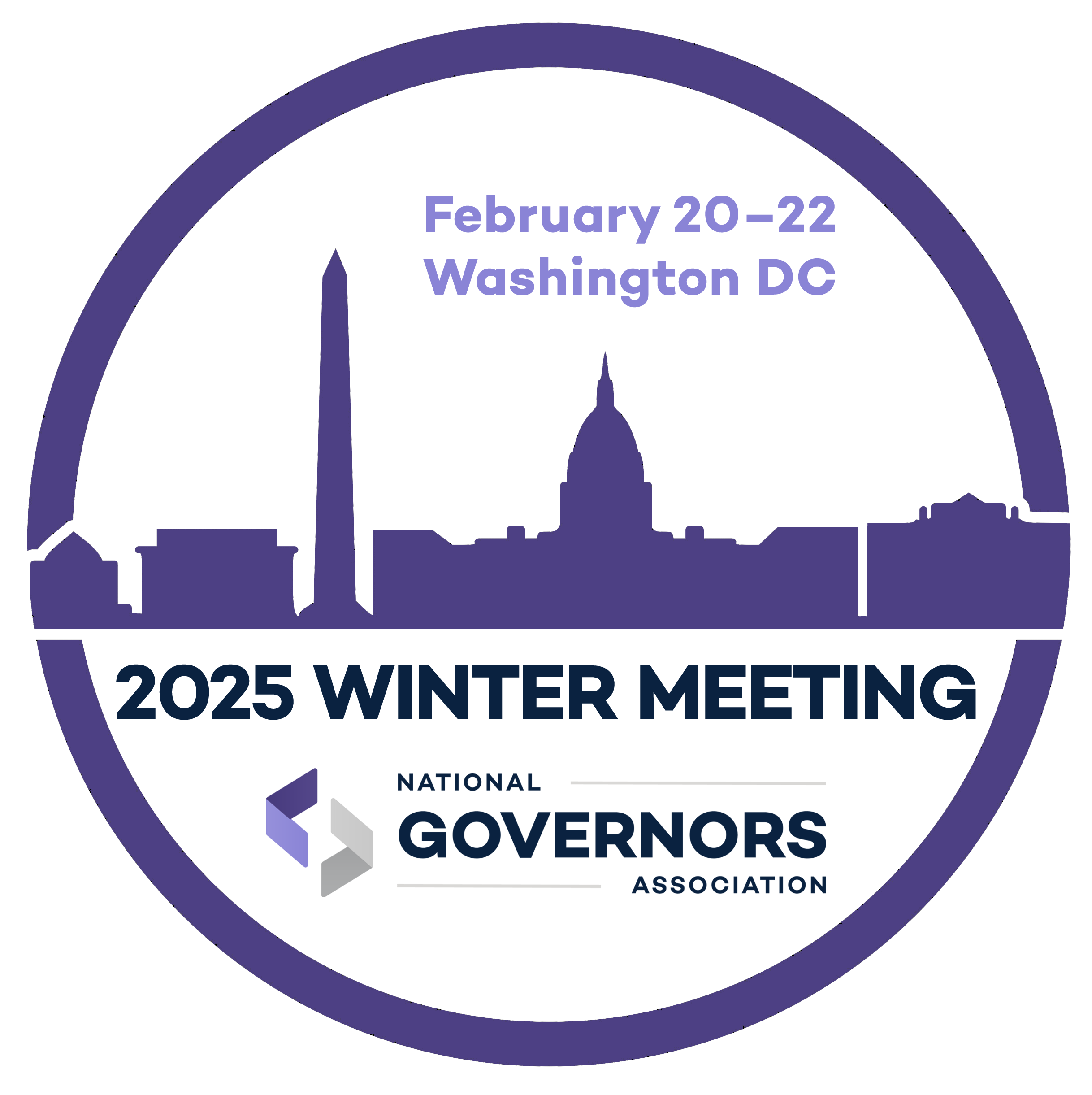Summary
Early literacy has been elevated by governors across the nation as an indicator of success in school and in life. The 2019 Governor’s Pocket Guide to Early Literacy underscores the importance of early literacy with compelling state examples of outcomes, initiatives and investments in early reading. This version is a brief, digestible guide that focuses on how governors can use their unique position to promote reading proficiency by the end of third grade through their executive authority, public awareness and agenda setting, policy making and budgeting. The guide also highlights a few reading scores from the 2019 NAEP results. NGA Education previously released a guide in 2013, a lengthier report on this topic.
Why Focus on Early Literacy?
Starting in kindergarten is too late.
Language and literacy development begin at birth, and gaps in literacy skills appear in children well before they begin kindergarten. As a result, state efforts to improve reading proficiency that start at kindergarten will languish because many children are already behind.
Effective early care and education programs as well as family literacy strategies for infants, toddlers and preschoolers can help close the gap.
Too many children are not proficient in reading by the end of third grade.
According to the 2019 National Assessment of Education Progress (NAEP), only 35% of America’s fourth graders are proficient readers, which means that 65% of our nation’s fourth graders are not. In fact, 31% of children demonstrate only basic reading skills, and 34% are below even the basic reading level. The statistics are worse for specific subgroups. Seventy-eight percent of low-income children —82% of all African American, 77% of all Hispanic and 81% of all Native American children — and more than 90% of dual-language learners score below proficiency on NAEP tests.
Research shows that students who are reading at grade level in third grade are more likely to graduate from high school on time.
Policy levers that governors can pull now.
Early literacy is critical within a state’s coordinated, seamless early childhood system. Governors can promote reading proficiency by the end of third grade by creating high-quality early childhood experiences for children.
In establishing a policy agenda focused on early literacy, governors should consider using the authorities and resources outlined in the sections in the Governor’s Pocket Guide to Early Literacy.













